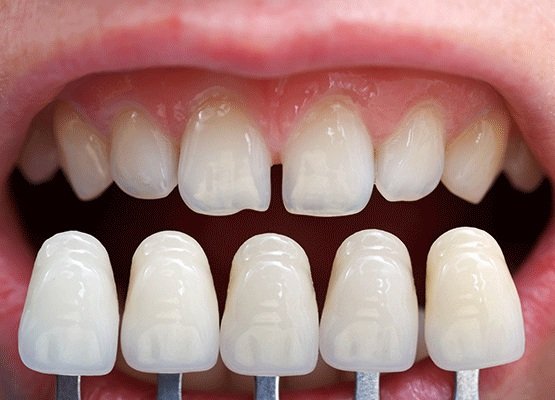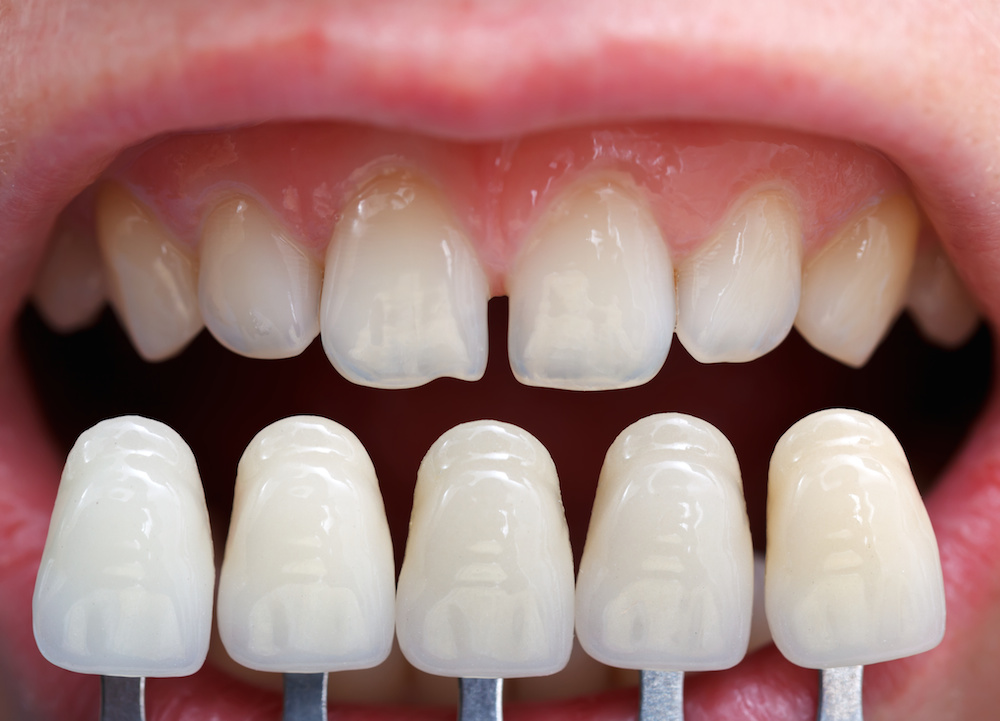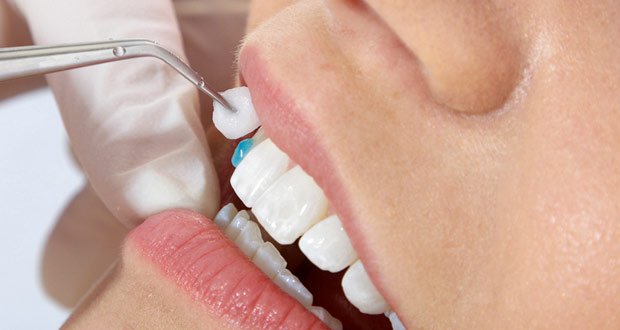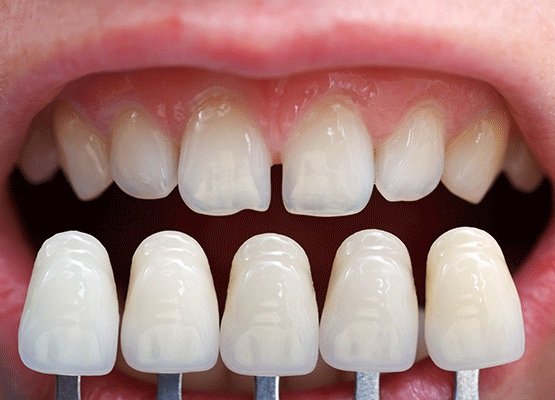Alternatives to Dental Veneers
If you are thinking of veneers as a possible way to make your teeth look better, it is good to first consider all the available options.
Here are some basic choices for the patients looking for brighter smile:
- Tooth whitening – This is a conservative way to remove tooth discolorations. The basic structure of your teeth remains unchanged. Not all stains can be whitened with this approach. This approach will only provide a color change for your teeth, so if their alignment or shape isn’t already pleasing, it’s not the right solution.
- Micro abrasion – It is a process where a thin outer layer of tooth enamel that contains blemishes is abraded and eroded away. It involves the use of a coarse polishing compound mixed with 5 to 10% hydrochloric acid.
- Reshaping – Some patients choose to have their teeth actually reshaped in order to improve the look of their mouths. This is generally not effective for changing discolored teeth, but it is a similar service that some patients consider as opposed to filling in gaps with porcelain veneers.
- Porcelain crowns – These are a good solution for teeth that are damaged, misshapen or decayed. Crowns can be used alone or with dental bridges and dental implants. A crown will improve a tooth’s size, shape, strength and appearance.
If any of these procedures sounds like something that could help you improve your smile, talk to our general dentists at Expressions Dental about these dental treatments and the risks and benefits.






